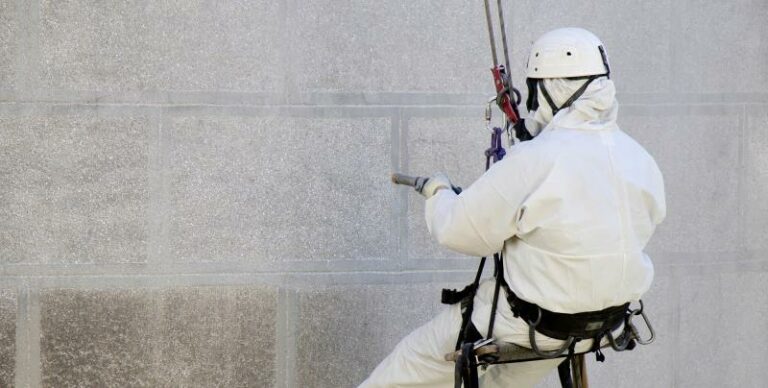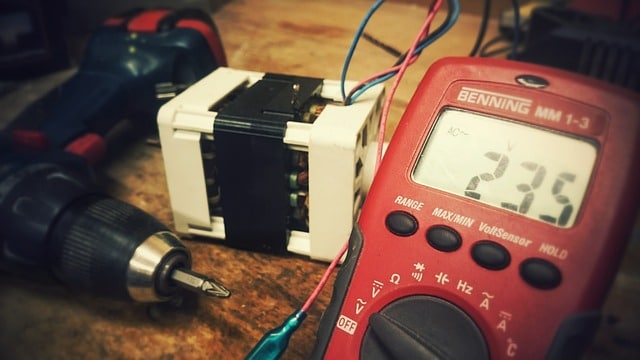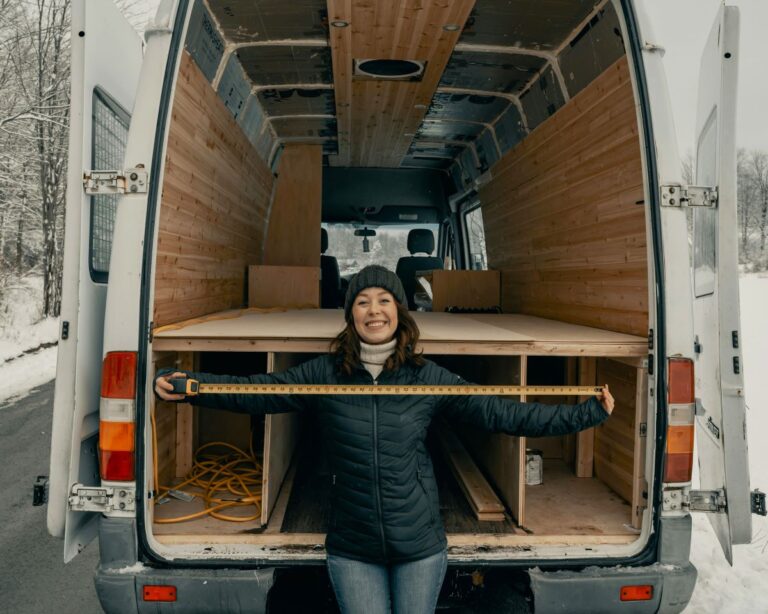Different industries, like the automotive industry and the shipping industry, use multiple materials that have to be cleaned, peened, de-rusted, and deburred to make them functional. Sandblasting is the method used in all these processes, as well as in the removal of paint from such materials. It requires a lot of skill and training to get the procedure right to suit different applications in different industries. Safety protocols must also be maintained in the sandblasting process to prevent damage to the material being sandblasted and the technician handling it.
One of the reasons why sandblasting is the preferred method of removing debris and cleaning various materials is effectiveness. It can remove grease, paint, or any other veneer coating easily and safely to restore the material to its original state. This process doesn’t leave markings or burrs but leaves the surfaces smooth, which increases the safety with which they can be used.
Sandblasting Media
Sandblasting is done by a sandblaster that uses pressurized air to achieve the expected results. The pressurized air projects have different types of particles ranging from glass beads to tiny rocks and walnut shells.The main components involved in the sandblasting process include the pressurized air, the blast pot, and the blast media, which is inserted into the blast pot. Different types of blast media such as steel shot, glass beads, plastic, or corn cob can be used in various applications. The blast pot is connected to the system with valves that it uses to funnel the blast media and control the amount of media that gets into the system at any particular time.
Air pressure is the essential element as it determines how well the process works by moving the media around. It, therefore, has to be controlled properly; otherwise, it can yield undesirable results. Adjusting the pressure means adjusting the speed of the media and subsequently, the results. Therefore, you should use a remote-control system that gives you precise requirements and enhances your safety.
A blast hose and nozzle also form part of the sandblasting system, with the blast media and the pressurized air passing through them into the blasting chamber. The chamber can be a whole room or a small compartment, and the media and air get out through a handheld gun nozzle. The effectiveness comes from the high impact, so they have to leave the nozzle at a high velocity to strip off the debris on the object surfaces. The process may leave some divots on the blasted surface, especially if the particles are larger, dense, or have a coarse texture. The divots make coating the surfaces easier as they enhance adherence.
Conclusion
One of the main factors to consider during blasting is the amount of air that goes into the chamber and the air that leaves. The pressurized air has to leave at the same rate it goes in; otherwise, the chamber could explode. An abrasive trap can be used to ensure the abrasive media doesn’t escape with the excess air being released. It applies to portable and cabinet sandblaster models. It’s important to note that the type of media also affects the process, which is why it’s essential to choose the right one.
If you are looking for a quality sandblasting provider in the Auckland area, check out: https://msme.co.nz/sandblasting/
Get your business noticed by creating an online directory listing. Listings are FREE and you can create as many as you need.
- Get found by locals



